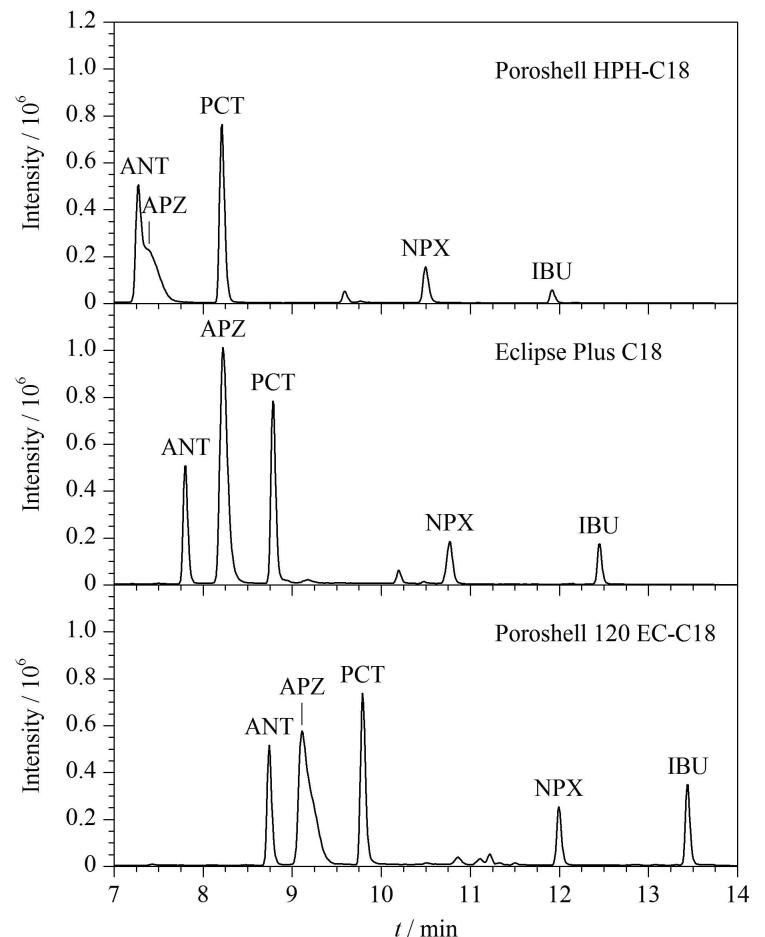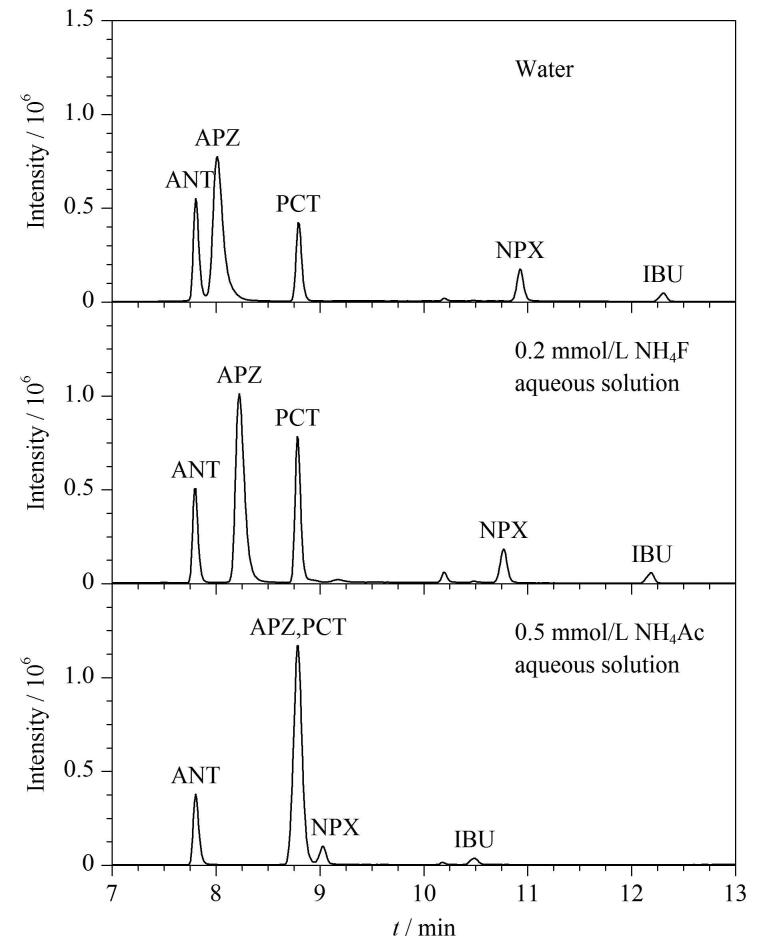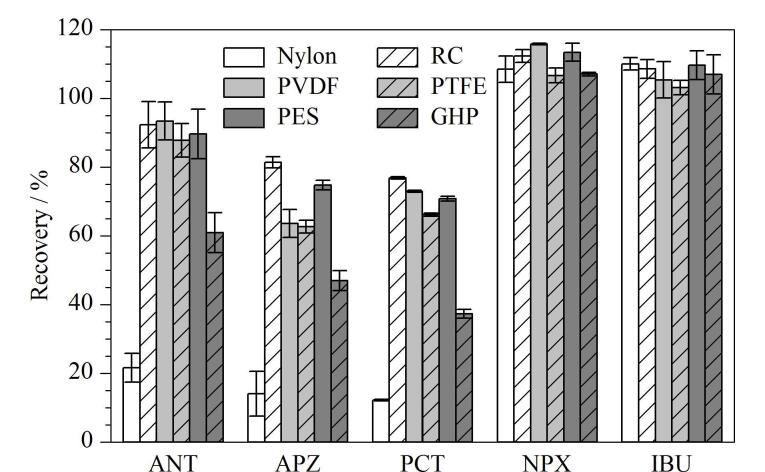[Rapid determination of five antipyretic analgesics in surface water by online solid phase extraction and ultra-high performance liquid chromatography-tandem mass spectrometry].
Abstract
Antipyretic analgesics are typical pharmaceutical and personal care products (PPCPs) that are widely used in our daily life because they relieve fever and pain, and have anti-inflammatory and anti-rheumatic properties. These drugs inhibit the synthesis and release of prostaglandins (PGs) in the neurons of the anterior hypothalamus and exert therapeutic effects as a consequence. However, these drugs are relatively commonly misused and abused, often owing to a lack of proper medication guidance. As a result, these drugs enter the environment via various pathways, including wastewater treatment plants, agricultural runoff, and improper disposal, thereby posing potential threats to human health and ecosystems. The presence of these contaminants in surface water has become an environmental safety concern that necessitates the development of rapid, accurate, and high-throughput analysis methods. In this study, an analytical method was established for the determination of five antipyretic analgesics (ibuprofen, aminophenazone, antipyrine, phenacetin, and naproxen). The developed method is based on online solid phase extraction coupled with ultra-high performance liquid chromatography-tandem mass spectrometry (online SPE-UHPLC-MS/MS), which provides a high degree of automation and efficiency. Water samples were collected and filtered through 0.2-μm regenerated cellulose (RC) filter membranes, after which Na2EDTA and an internal standard were added. An aliquot (0.9 mL) of each sample was injected into the online SPE system using an automatic sampler. Samples were first adsorbed on a PLRP-S online SPE column, washed with 0.05% formic acid aqueous solution, and finally gradient-eluted with a mobile phase composed of 0.2 mmol/L ammonium fluoride solution and methanol-acetonitrile (1∶1, v/v). Analytes were separated on a ZORBAX Eclipse Plus C18 column, detected by multiple reaction monitoring with electrospray ionization in both positive- and negative-ion modes, and quantified using the internal-standard method.The five antipyretic analgesics were effectively separated under the optimized experimental conditions and showed good linearities within their respective concentration ranges, with correlation coefficients (r) greater than 0.998. The method detection limits (MDLs) ranged from 0.05 to 0.20 ng/L, and the method quantification limits (MQLs) ranged from 0.20 to 0.80 ng/L. The five antipyretic analgesics exhibited average recoveries of between 64.2% and 112%, with relative standard deviations (RSDs, n=6) of 2.06%-8.99% at low, medium, and high spiked levels. Furthermore, the method was successfully used to analyze water samples from the Hangzhou section of the Qiantang River, in which four target compounds were detected, with antipyrine found to have the highest mass concentration. This newly developed method features a high degree of automation, facilitates the injection of large volumes, and enables online enrichment, purification, and quantitative analysis in an integrated process, with minimal operational errors, high repeatability, and high sensitivity. The developed method shortens sample-analysis times, is more cost-effective, and meets the needs of large-scale sample testing, as it requires only 15 min to completely determine a sample, thereby significantly improving detection efficiency. Overall, the method features low detection limits, analyzes rapidly, and is easy to operate; hence it is suitable for rapid risk screening and the quantitative determination of antipyretic analgesics in surface water.




 求助内容:
求助内容: 应助结果提醒方式:
应助结果提醒方式:


